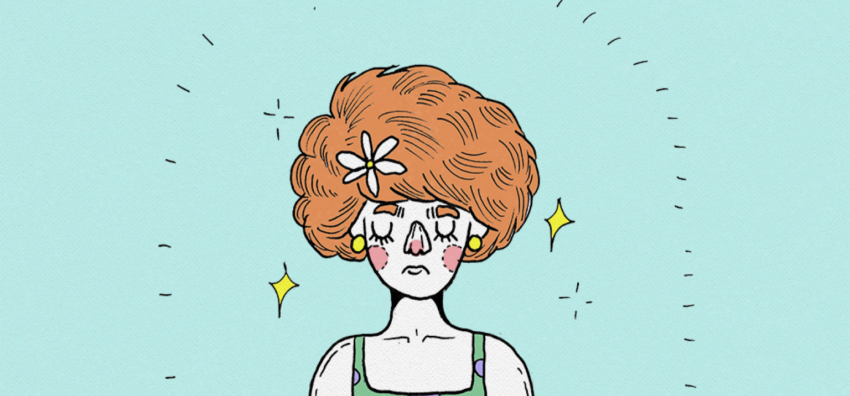Some stress is common and healthy for all people. However, when stress increases in frequency and intensity, it may move out of a “safe” zone and quality of life can diminish. For some people, trauma can spawn a General Anxiety Disorder (GAD).
If you are often worried, carry lots of tension, experience panic attacks and find it difficult to get simple things done, you may have General Anxiety Disorder. See your doctor and have this condition examined. A more thorough assessment can be carried out by a psychologist or psychiatrist.
If you have General Anxiety Disorder (GAD), Hypnotherapy can be used as an effective complement to conventional treatments involving medications and traditional psychotherapy.
In hypnotherapy, we usually start very slowly. The aim in the first few sessions is to experience a feeling of relaxation. This relaxed state will form the basis for many other activities such as:
- Grounding techniques
- Trauma resolution
- Time based modelling
- Cognitive behavior therapy
- Other progressive approaches.
Practice, Practice, Practice.
It’s important that the client learn ways to relax and feel safe. It’s also important for the client to practice these relaxation skills daily. At first the client should practice at the same time and in the same environment. Eventually, the client should expand her practice to include a variety of different locations and situations. In time, confidence will build and new healthy patterns will develop.
Learning to relax is a skill. As a client builds this skill, a feeling of control leads to empowerment. Eventually, some self determination will lead to a better quality of life. It’s a process and it will require practice on your own as well as practice with a therapist.
Some tips for people suffering with GAD and considering work with a hypnotherapist:
- Start slow
- Progress gently
- Adjust expectations. Keep it simple and easy.
- Have patience
- Accumulate positive resources:
- Pleasant memories
- Pleasant relationships
- Pleasant feelings, images, sounds, aromas, flavours etc.
- Acknowledge personal strengths, achievements, qualities
- Sense the immediate environment (internal and external):
- What you are sitting on
- What you are wearing and how it feels
- Your breath
- Muscle tension and relaxation
- Gently maintain focus on the moment
- Notice the submodalities of the anxiety:
- Colour
- Weight
- Density
- Temperature
- Location in the body
- Size
- Simultaneously notice the anxiety submodalities and the positive resources
- Gently shift the submodalities of the anxiety by changing any or all of them
- Switch your focus to the positive resources. Let go of the anxiety (in small bits)
- Go to your “Happy Place”
- Deepen relaxation
- Rest mind and body
- Gently return to a conscious state feeling empowered, relaxed and better than before

